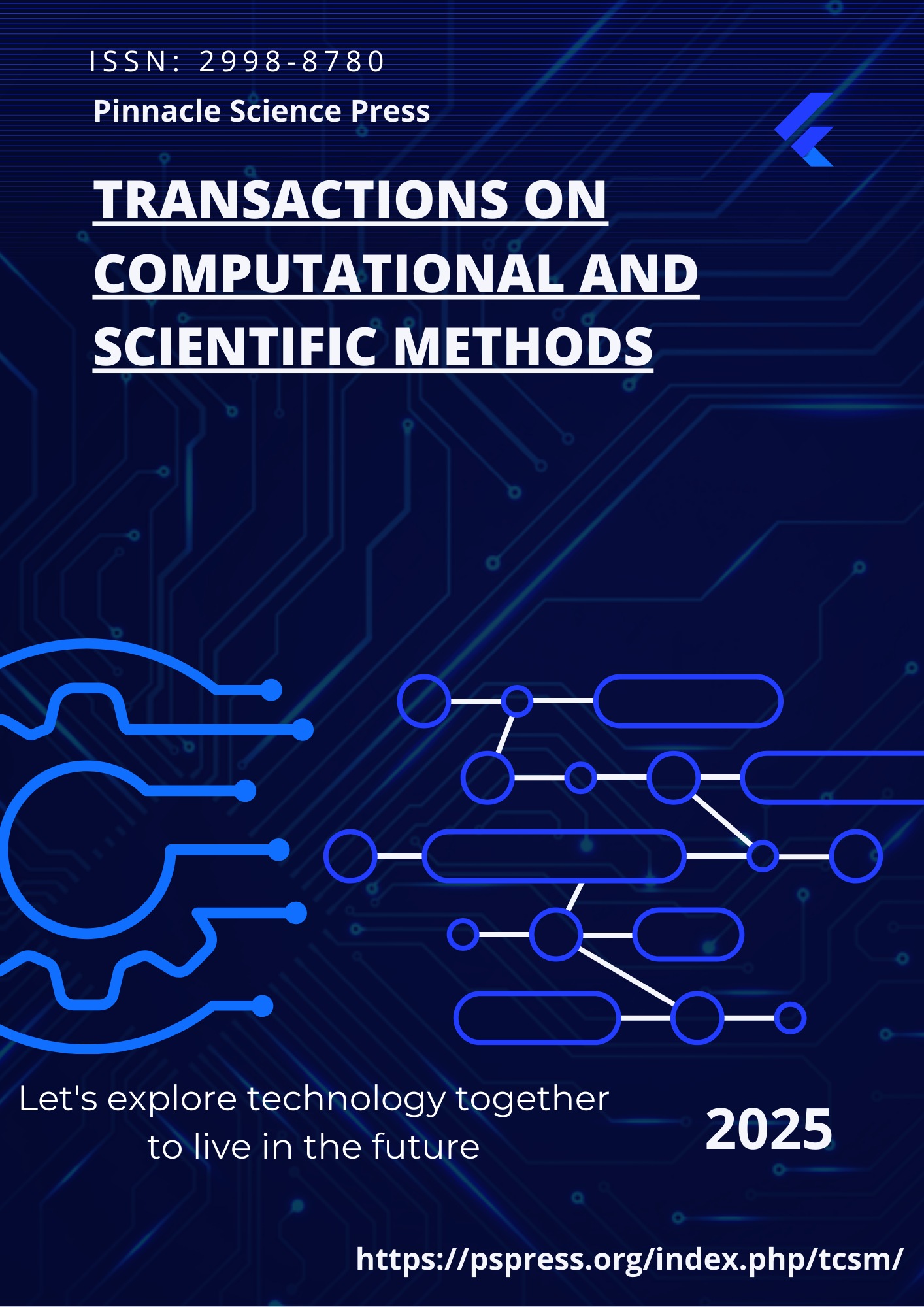Microelectronics in Evolution: A Systematic Review of Enabling Technologies, Emerging Applications, and Prospective Research Challenges

Abstract
Microelectronics has long served as the technological backbone of the digital age, enabling rapid advances in computing, communication, and sensing systems. As Moore’s Law approaches its physical and economic limits, the field is undergoing a profound transformation driven by innovations in device architectures, materials engineering, and heterogeneous integration. This review provides a comprehensive overview of microelectronics across seven thematic sections: historical development, core technologies, fabrication methods, application domains, and future outlook. We discuss the transition from planar CMOS to FinFETs and GAA transistors, the rise of 3D packaging and chiplet-based systems, and the integration of non-volatile memory and in-memory computing paradigms. The expansion of microelectronics into areas such as autonomous vehicles, biomedical devices, edge AI, and quantum computing is also explored. Finally, we address the key challenges of power scaling, security, manufacturability, and sustainability, and outline emerging trends that will define the post-Moore era. The review highlights how microelectronics is evolving beyond traditional scaling to become an interdisciplinary platform for intelligent and adaptable systems.